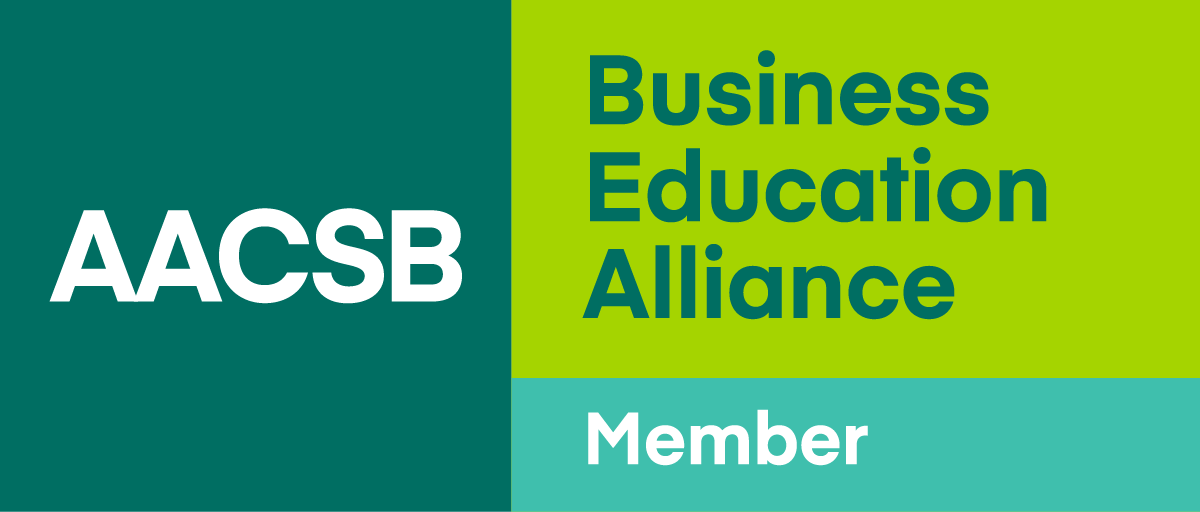【IBMBA】Field Trip to Tokyo by Portfolio Management Course
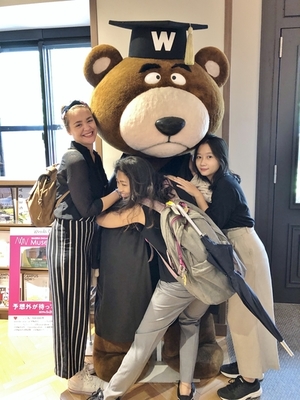
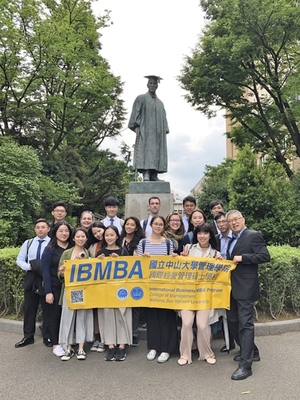
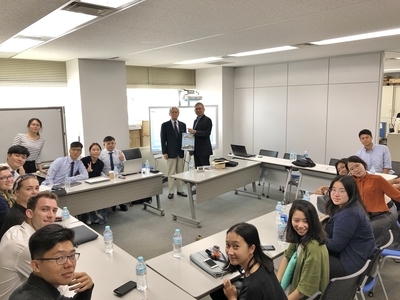
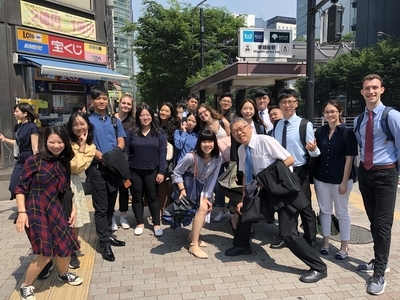
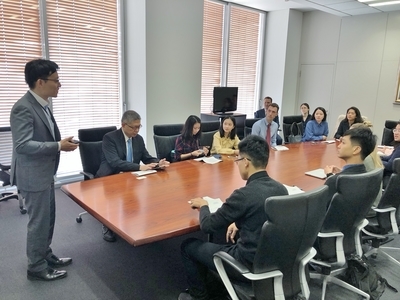
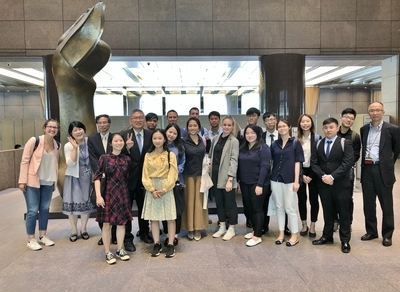
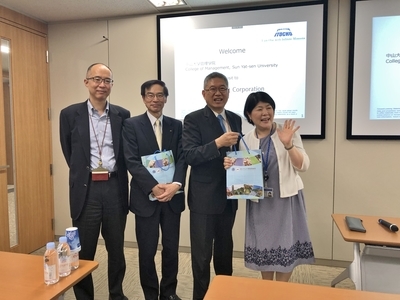
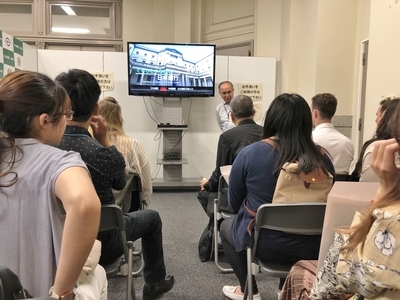
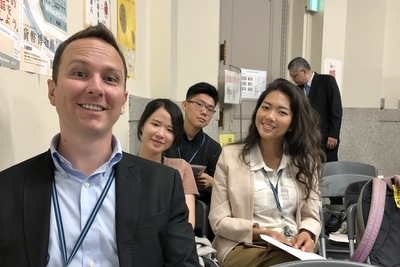
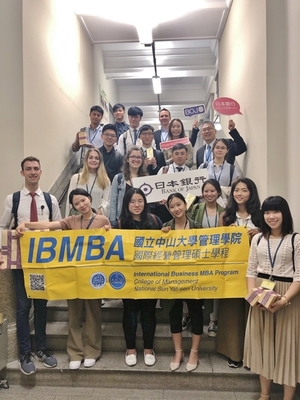
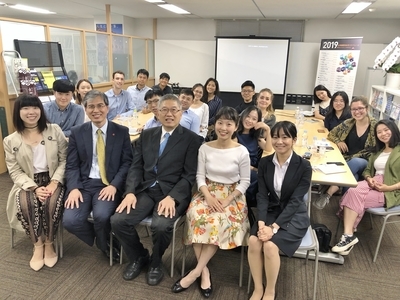
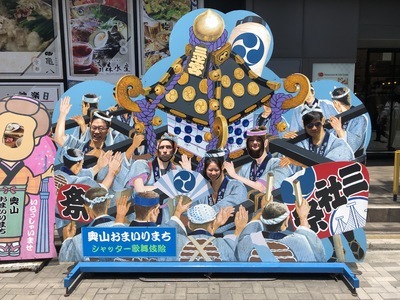
IBMBA’s Portfolio Management course ended the semester with a field trip to Tokyo, Japan to visit financial and commercial institutions. First of all, we would really like to appreciate our visiting scholar at the College of Management , Professor Wanda Tseng and her IMF(International Monetary Fund) colleague Professor Ichiro Otani helping us to organize the company visits. The trip was Led by Professor Yih Jeng, 17 students from IBMBA and Department of Finance spent a week in town to apply what they’ve learned in class to real-life scenarios and to understand Japanese culture. The selected visiting sites include Japan Credit Rating Agency, Itochu Corporation, Bank of Japan, Waseda University, and TAITRA Tokyo Office. Some of these institutions were old partners, but others like Japan Credit Rating Agency are new highlights to the field trip.
On the first day, several students got the chance to ask them about their lives working in Japan. Alumnus George has been living and working in Japan for five years. He mentioned cultural adjustment was difficult at first, as the Japanese are very reserved, so he had to do a lot of guessing around when he first moved here. Alumna Joyce shared that although the Japanese may seem shy and introverted at first, they are actually very helpful. They love Taiwanese people and were always offering to help her when she was going through her orientation stage. Meeting and talking with these alumni gave students broader insight to careers outside of Taiwan. It can help them prepare for their future career paths.
JCR representative, Mr. Endo, walked the class through the overview of bond ratings in Japan. He mentioned that although JCR has strong international presence, the Japanese are still inclined to purchase Japanese bonds and forego international ones. Mr. Endo also explained the roles of investors, issuers, and mediator JCR, giving students a holistic and wholesome idea of how the institution operates within Japan and internationally. The discussion was oriented heavily about discussions and Q&A. Many students thought this was an invigorating contrast to the usual lecture style setting.
TAITRA Tokyo Office and Itochu Corporation both prepared relatively short presentations but opened the floors up to questions and discussions. TAITRA’s main objective to is to help Taiwanese businesses expand into Japanese borders and to bring Japanese buyers to purchase Taiwanese goods. Director Chen presented the overview to the students and invited students to ask about TAITRA’s delegation roles. Course TA had worked with TAITRA recently for a business trip; her insight helped students better understand the organization’s role in everyday life. Itochu Corporation is one of Japan’s largest sogo shoshas. They are involved with textile, food, natural resources, and domestic and international trades. Most of their information and business models are posted transparently online, so students asked mostly about marketing expansion and Itochu’s future plans during Q&A session, including questions about expanding more into the Taiwanese market.
Bank of Japan and Waseda University offered tours of their institutions. Bank of Japan acts as the national bank and oversees currency circulation, foreign exchange intervention, and note issuance. Students got the opportunity to walk inside the century-old bank to look at old hallways and offices. The tour also brought students to the pavilion where employees were busy counting money and calculating the day’s transactions. Manager Nishigaki also presented an overview of BoJ’s operation models especially when applied to world financial trade scenarios. The visit concluded with a tour of the currency museum, where students learned about the history of Japanese currency and about past financial institutions. Waseda University invited two lecturers to present on Japan’s current demography and financial structure. Students learned that Japanese is an aging society, creating a problem of pension deficit. Younger generations are working to pay for others as well as their own pensions. Japanese are overall very reserved and choose to trust their own in-debt government instead of investing in overseas bonds and investments. While this phenomenon is too big for immediate resolution, it is an interesting cultural insight to the Japanese market.
Finally, students got a chance to explore Japan during their free time. Many visited parks and temples in Asakusa, arcade and anime centrals in Shibuya and Akihabara, shopping districts in Shinjuku and Harajuku, and bars and luxury streets in Ginza. Sushi, ramen, and wagu beef were among the delicacies and must-haves. This field trip was a balance of academic learning and cultural experiences.


